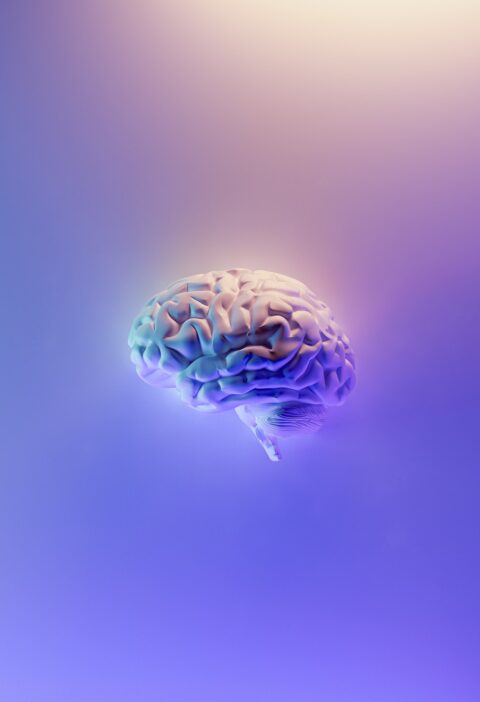Alcohol use disorder (AUD) can range from mild to severe and affects about 11% of American adults and about 3% of Americans between the ages of 12 and 17. Here are five facts everyone should know about alcohol use disorder.
1. Signs and Symptoms
The medical community classifies AUD as a brain disorder. It causes people to have difficulty controlling or stopping their alcohol intake. Some common signs of AUD are binge drinking, lying about how much someone drinks, frequent drunkenness or hangovers and drinking despite increased health issues or decreased quality of life.
AUD can also cause a range of other symptoms, including a preoccupation with drinking, difficulties in social, academic or workplace settings, risk-seeking behavior, requiring more alcohol to feel the effects and withdrawal symptoms. Withdrawal comes with its own symptoms, including depression, anxiety, sleep-related issues, mood swings, tremors, and hallucinations.
2. Treatment Options
There are three main treatment methods for AUD:
- Mutual-Support Groups
- Behavioral Treatments
- Medication
Many people utilize a combination of two or more treatment methods. Some people find that medications alone are enough, while others may benefit from alcohol counseling or support from peers. Staying near support systems can be helpful, so many people opt for treatment programs in or near their local communities. For example, if someone lives in Tennessee, he or she might look for programs that offer Alcohol Detox in Nashville, TN.
3. Treatment Expectations
It’s important to understand the expectations surrounding AUD treatment. Many factors, such as which health insurance a program accepts, the types of treatment options the program offers and the experience and specialties of the program’s staff, can affect a person’s treatment options and outcomes.
When someone looks for a treatment program, he or she should seek one that offers additional resources, such as aftercare planning and crisis management. He or she should also be aware that there is always a risk of relapse with AUD. Learning the signs and risk factors for relapse can help people prevent it.
4. Related Complications
Not only does AUD cause a variety of symptoms, but it can also cause or worsen a number of related complications. It can impact both your health and your safety. Acute complications include accidental injury, sexual assault and interactions with medications. Long-term complications include increased cancer risk, liver disease, cardiovascular issues, coma and death.
5. Risk Factors
Several factors are linked to an increased risk of developing AUD. If someone has a family history of AUD or mental illness or a personal history of emotional trauma or depression he or she may be at higher risk of developing the disorder.
Social and cultural situations can also lead to an increased risk of developing AUD. The earlier people start drinking and the more pressure they feel to drink from their social circles or the cultures they live in, the more likely they are to partake in unhealthy drinking behavior.
AUD is a common medical issue and can affect anyone. Certain factors can put people at higher risk of developing the disorder. Being aware of your risk level, your drinking habits and your support system can help you prevent AUD and seek treatment if you do develop the disorder.






